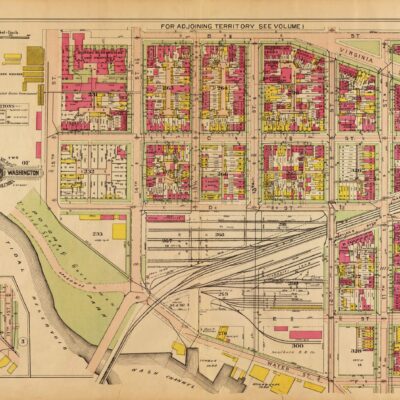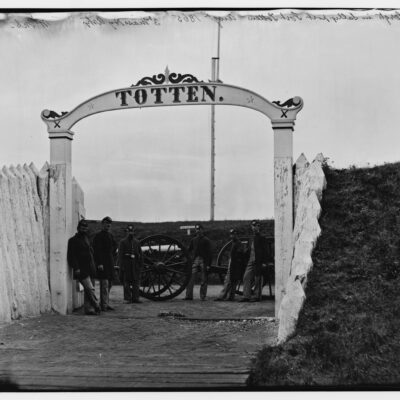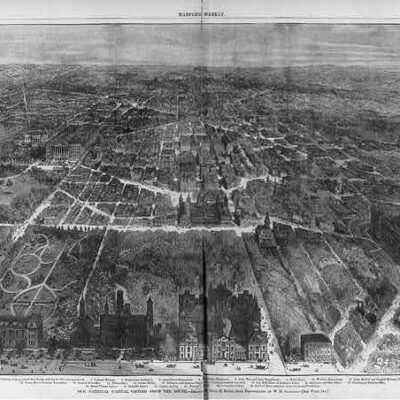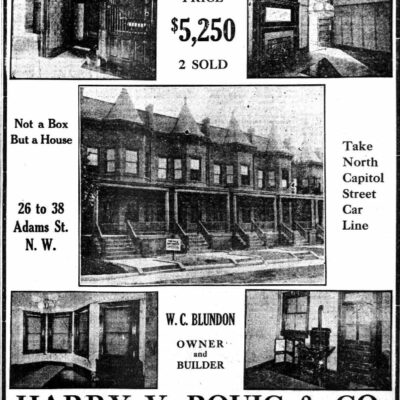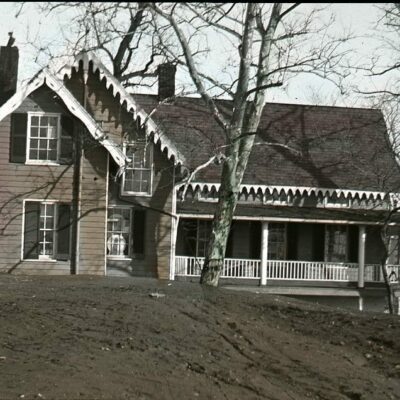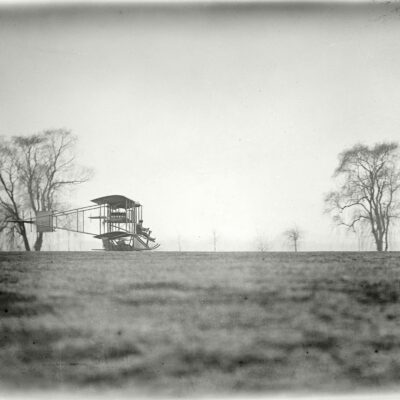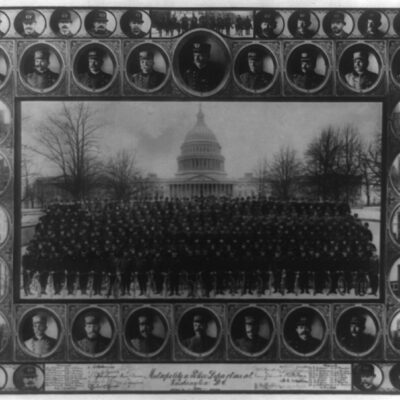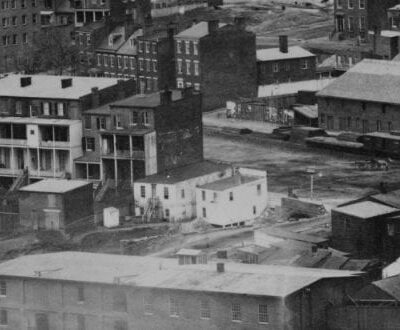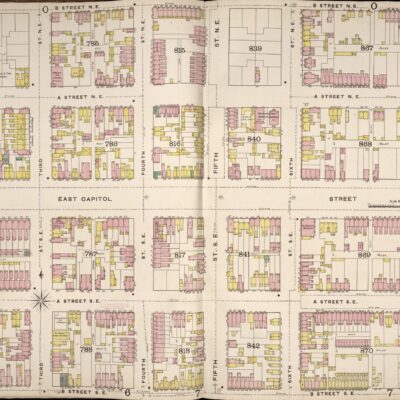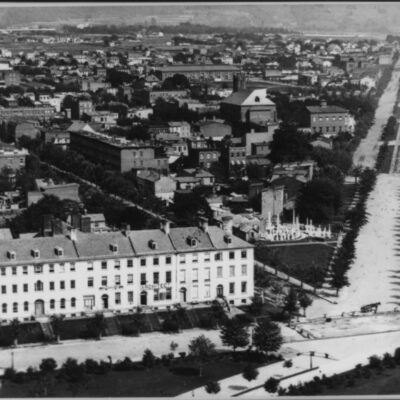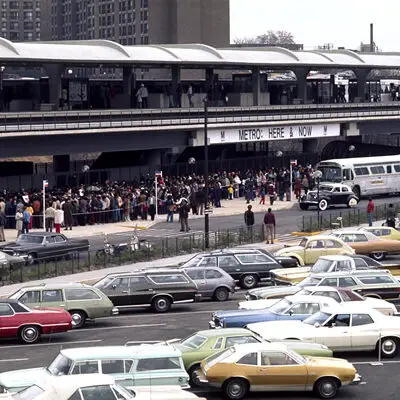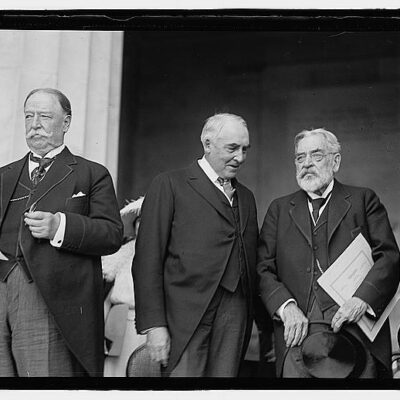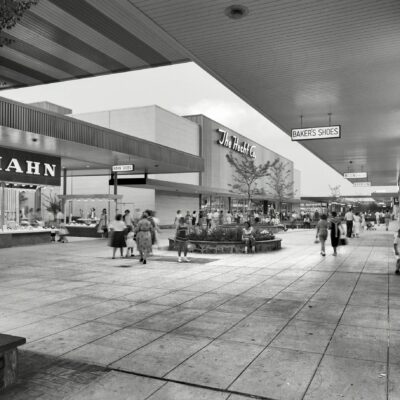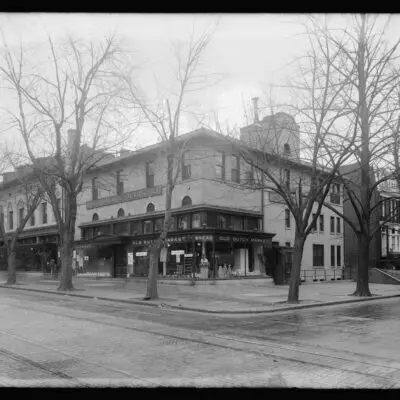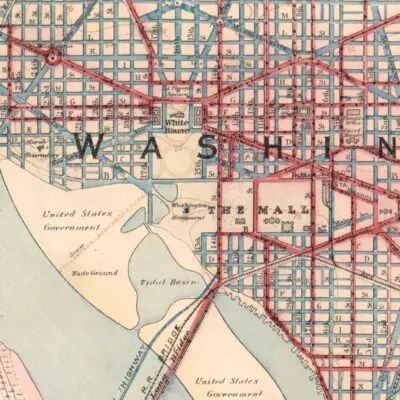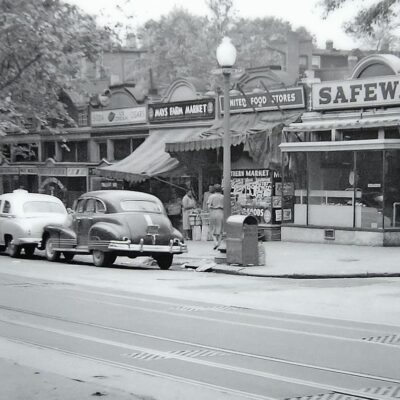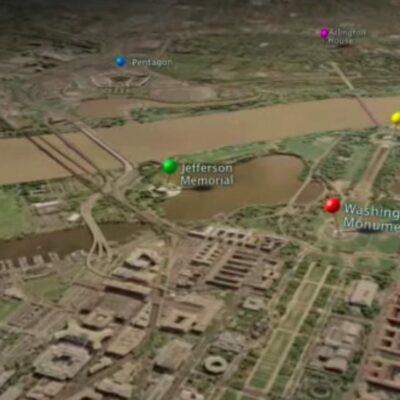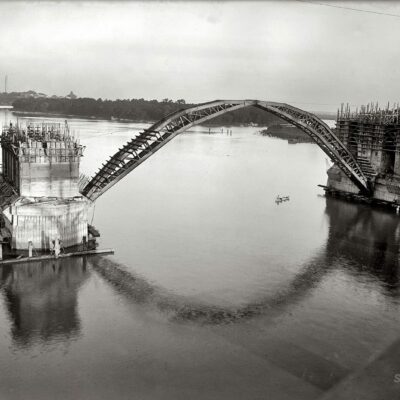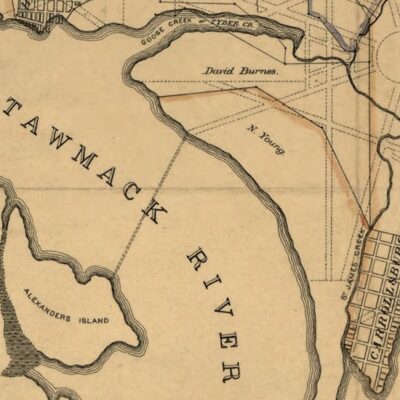Petworth was not always full of hipsters that resemble Officer Sprinkle (J.L. Sprinkle was such a badass, he was a hipster before being a hipster was even invented). At one time it was rural … yes, rural.
Two primary country estates made up the bulk of what is the current neighborhood. The first was the estate of Marshall Brown and the second was the estate of Colonel John Tayloe, known as “Petworth.”
I came across a fun piece in the Washington Post from February 3rd, 1895. This was in their amateur writers section, written by a Cecil Barr.
Dear Amateurs: The ancient city of Petworth is located in the vicinity of the Soldiers’ Home, and reached by a branch of the Brightwood line, after a short and interesting ride through terra incognita, with nothing but trees to obstruct the view for miles around. It is one of those beautiful and commodious suburbs which Washington abounds in. The business section is confined to an abandoned peanut stand, situated at the terminus of the electric road, on Richmond street from which fact we base our conclusions that this is the principal business street of the city. Savannah street and Illinois avenue are already laid out, and Grant circle is in prospectus. I made inquiries for Transcontinental avenue, but was unable to descry it.
In consequence of the recent improvements, the residence portion has been pushed far up town; into the woods. I understand that a lard mayor and civil establishment is maintained at great popular expense.
No, Gus; I do not know why it is called Petworth. Perhaps by the Dutchman’s reason, who, when asked why he called his son Jacob, replied: “Because dat’s his name.” We cannot afford to ignore names. They have been running on for a good many years. Before Adams’ time, names were not in general use, the earliest individual on record bearing the simple designation of Chap. I.
-ad 197-Solomon or Lord Bacon or some other egotist is responsible for the statement that a good name is preferable to great riches. This observation seems to have particularly impressed the Petworthian authorities. I shall be disappointed if there is no Ultraoceanic street.
In speaking of a city which has borne the test of time so successfully, the system of paving used in it should not escape notice. There are some of the most peculiar notions here on this subject that it has ever been my lot to encounter. In Omaha (which place I shall hereafter use for all comparisons), they put rough, unpleasant brick paving in the middle of the street and cover the sidewalks with asphalt, smooth and easy. In Washington the horses are given the good pavement, and the pedestrians have to make the most of the unfeeling bricks. I do not know how it will be when they pave the streets of Petworth, but should the city corporation find itself unable to afford an asphalt straight, let the preference then be given to the sidewalkers.
The opening paragraph of this today would include something like “with nothing but handlebar mustaches and fixed gear bikes to obstruct the view for miles around.”
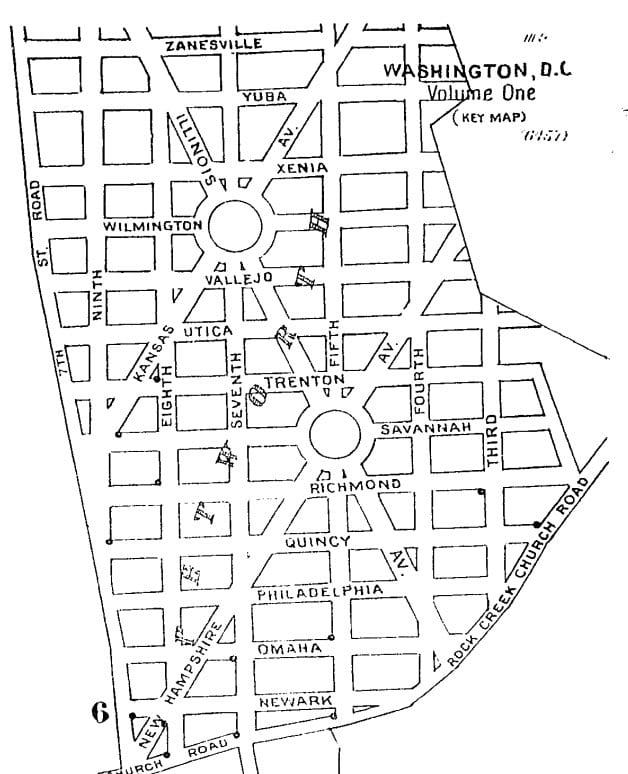
Also, check out the map above. The street names have changed significantly. Decatur St. used to be Xenia St. (cool name), Buchanan was Vallejo and Varnum was Savannah. Compare that map to this Google Map. Then head over to the Looking Glass Lounge (which technically is in Park View) and discuss what you learned over a PBR, which locals loved over 100 years ago.
